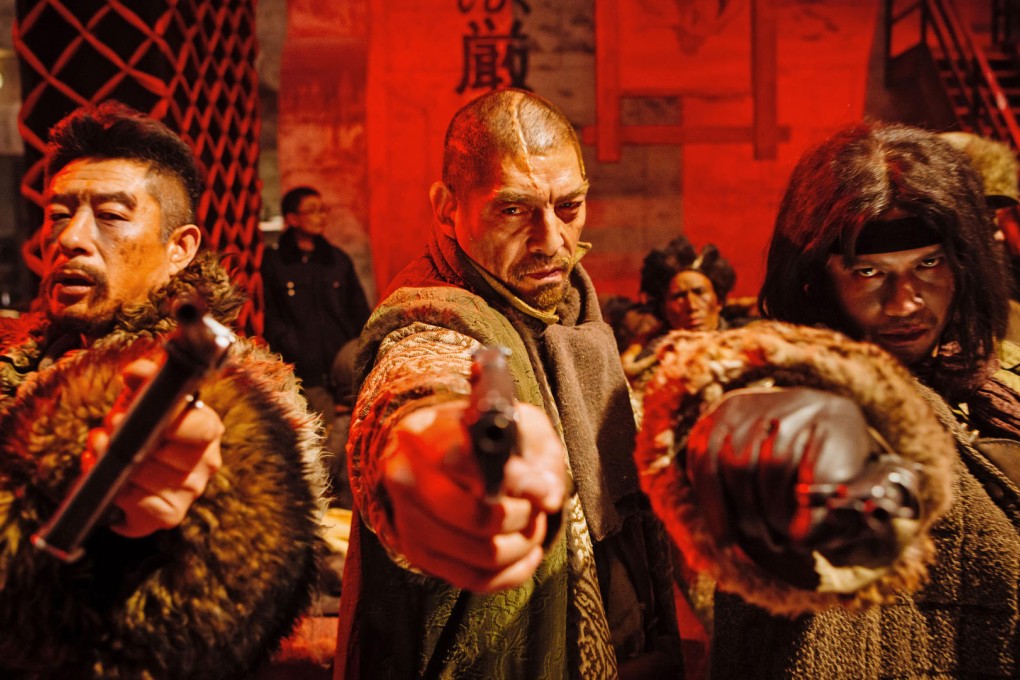Your online guide to the 2015 Hong Kong International Film Festival
This year's Hong Kong International Film Festival features a mix of art house dramas, big-budget crowd-pleasers, local fare and rarely seen classics

This year's Hong Kong International Film Festival may be slightly smaller than last year's edition, but its diverse offerings - 360 screenings of 264 films from more than 50 countries - still make it the largest film event in town.
Quantity aside, this year's selection is strong on quality: the closing film, Port of Call, stars popular local actor Aaron Kwok Fu-shing, while there is also Orson Welles' 1947 classic The Lady from Shanghai, as well as winners of prestigious awards (such as Iranian auteur Jafar Panahi's Berlin Golden Bear-winning Taxi) to keep the film geeks satisfied.
This year's line-up certainly is a mixed bag: there are films that are known for their age, length, or sheer "gonzo" quality. Here are some that are well worth making a trip to the cinema to see.


don't let the art house undertones of the festival intimidate you, there are screenings that are more of the popcorn entertainment variety. For example, there's over-the-top action in Tsui Hark's war epic, The Taking of Tiger Mountain, while the more whimsically inclined can consider The Young and Prodigious T.S. Spivet, Jean-Pierre Jeunet's adaptation of Reif Larsen's book about the titular 10-year-old boy who uses 3D as a way into a lost world of machines.
Meanwhile, those with an eye for the richly sumptuous should turn to Bernardo Bertolucci's The Last Emperor. Already a multi-dimensional tale in its original 2D form, this Oscar-winning epic biopic about Puyi has recently been given an extra dimension that should accent the film's grand visuals.

